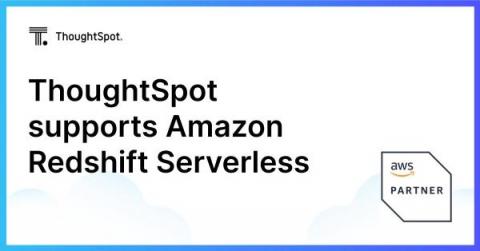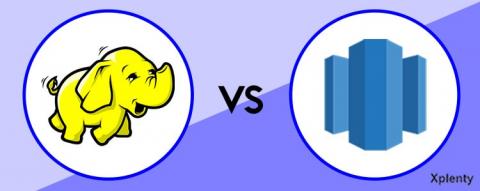Systems | Development | Analytics | API | Testing
Latest News
People Were Skeptical of Data Warehouses. Now History Is Repeating.
How Ecommerce Companies Benefit From a Textual Warehouse
Why Ecommerce Businesses Need a Data Warehouse Solution
Advantages of Data Warehouse Integration | Integrate.io
Databases vs. Data Warehouses: What are the differences?
ThoughtSpot supports Amazon Redshift Serverless
As companies go all in on the cloud to dominate the decade of data, agility, flexibility, and ease of use are critical to success. That’s why we’re so excited to announce ThoughtSpot’s support for Amazon Redshift Serverless which allows customers to leverage the Modern Analytics Cloud to run and scale analytics on Amazon Redshift without having to provision and manage any data warehouse infrastructure.
Hadoop vs. Redshift: What You Need to Know
Support Multiple Data Modeling Approaches with Snowflake
Since I joined Snowflake, I have been asked multiple times what data warehouse modeling approach Snowflake best supports. Well, the cool thing is that Snowflake supports multiple data modeling approaches equally. Turns out we have a few customers who have existing data warehouses built using a particular approach known as the Data Vault modeling approach, and they have decided to move into Snowflake. So the conversation often goes like this.











